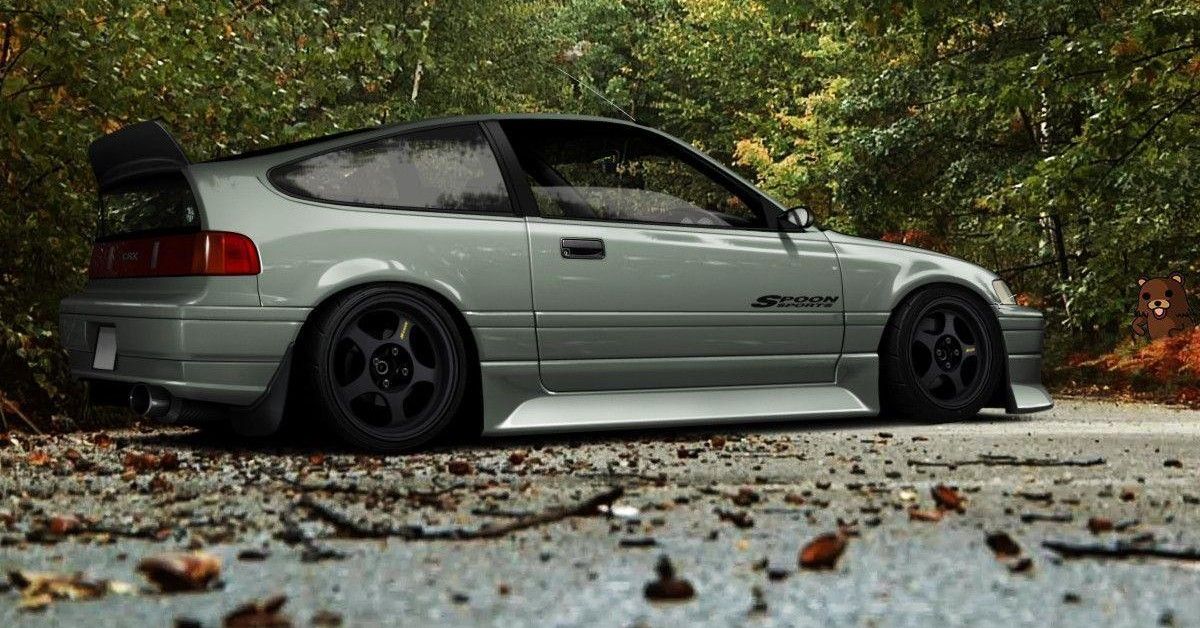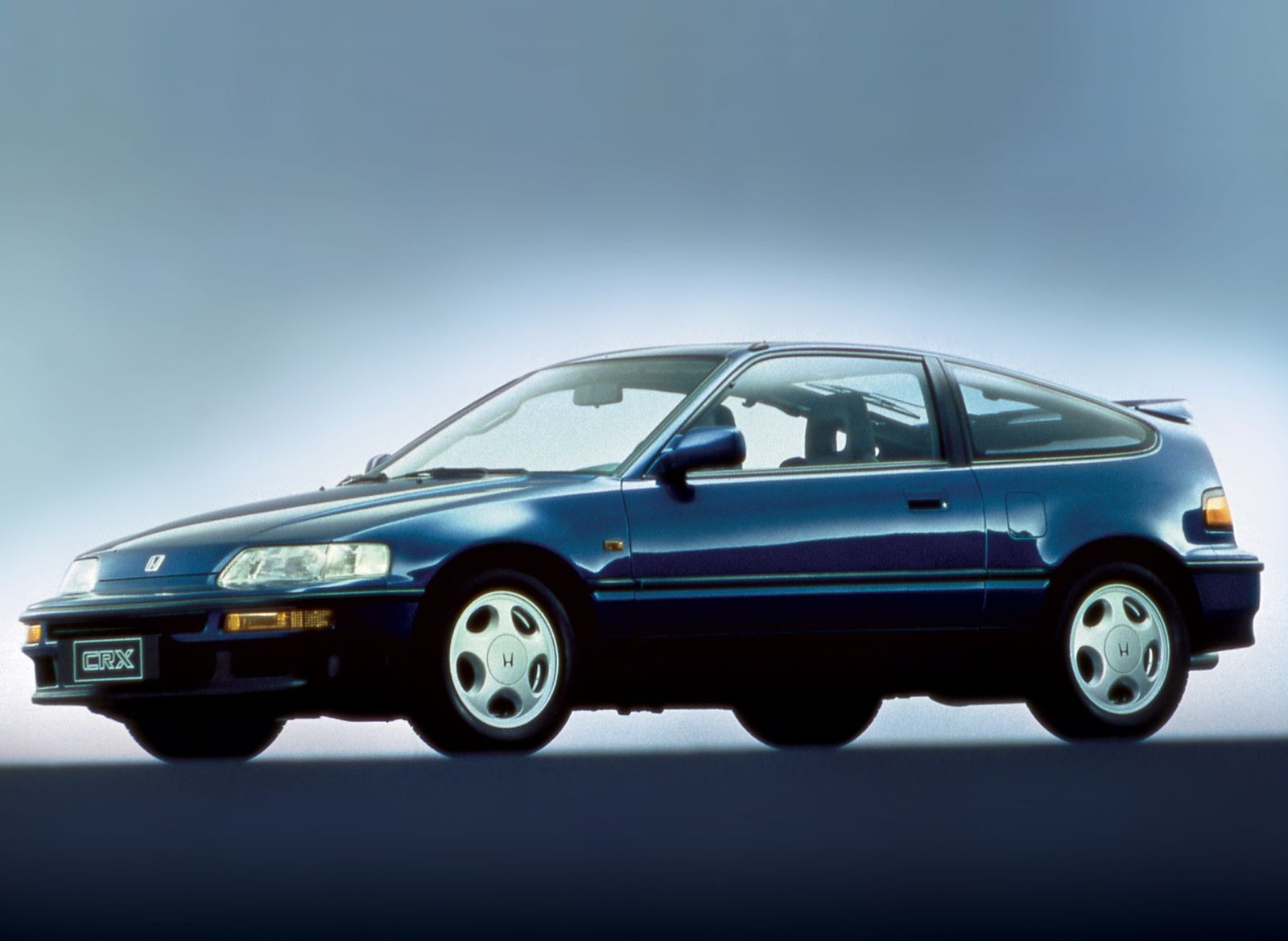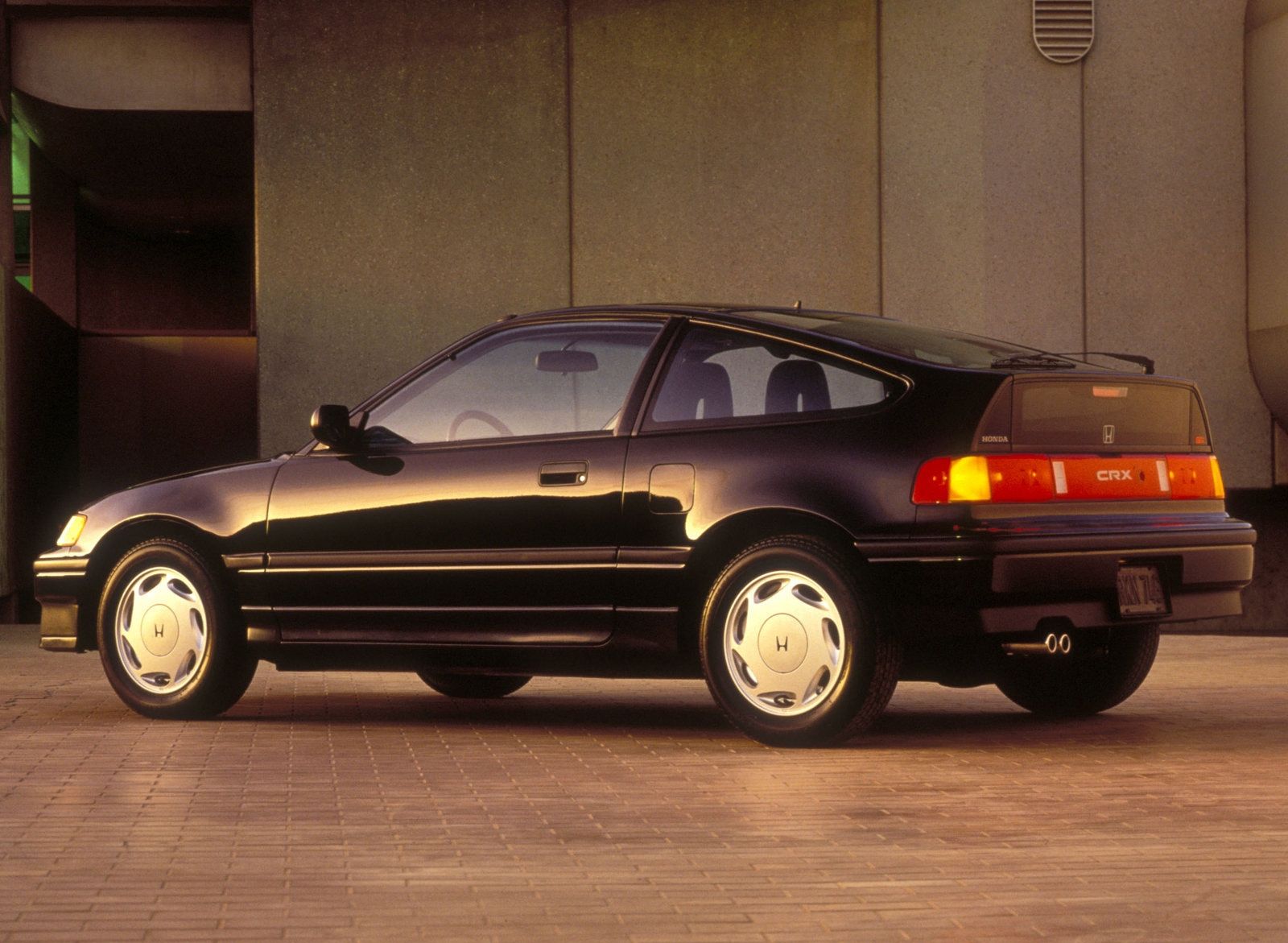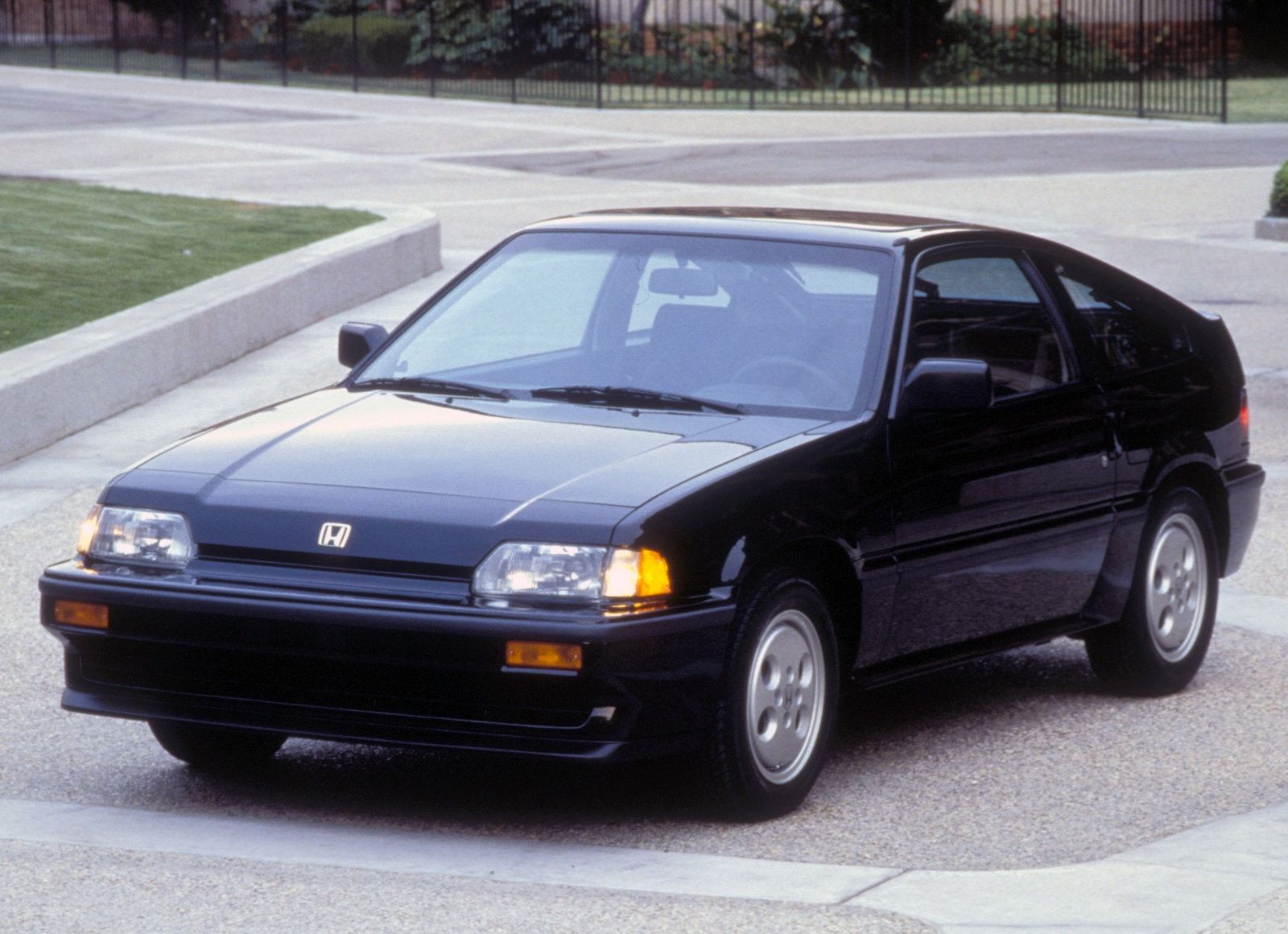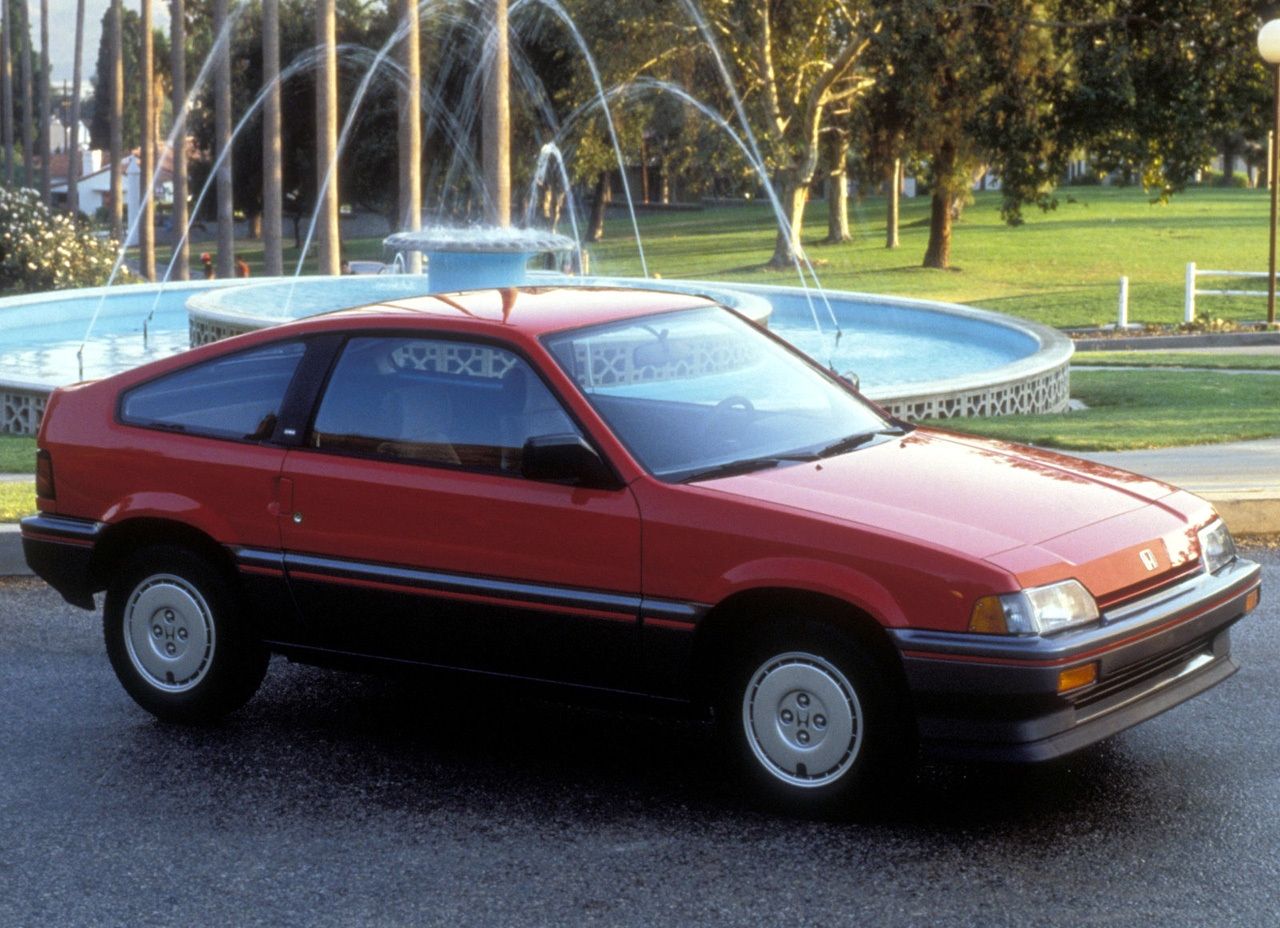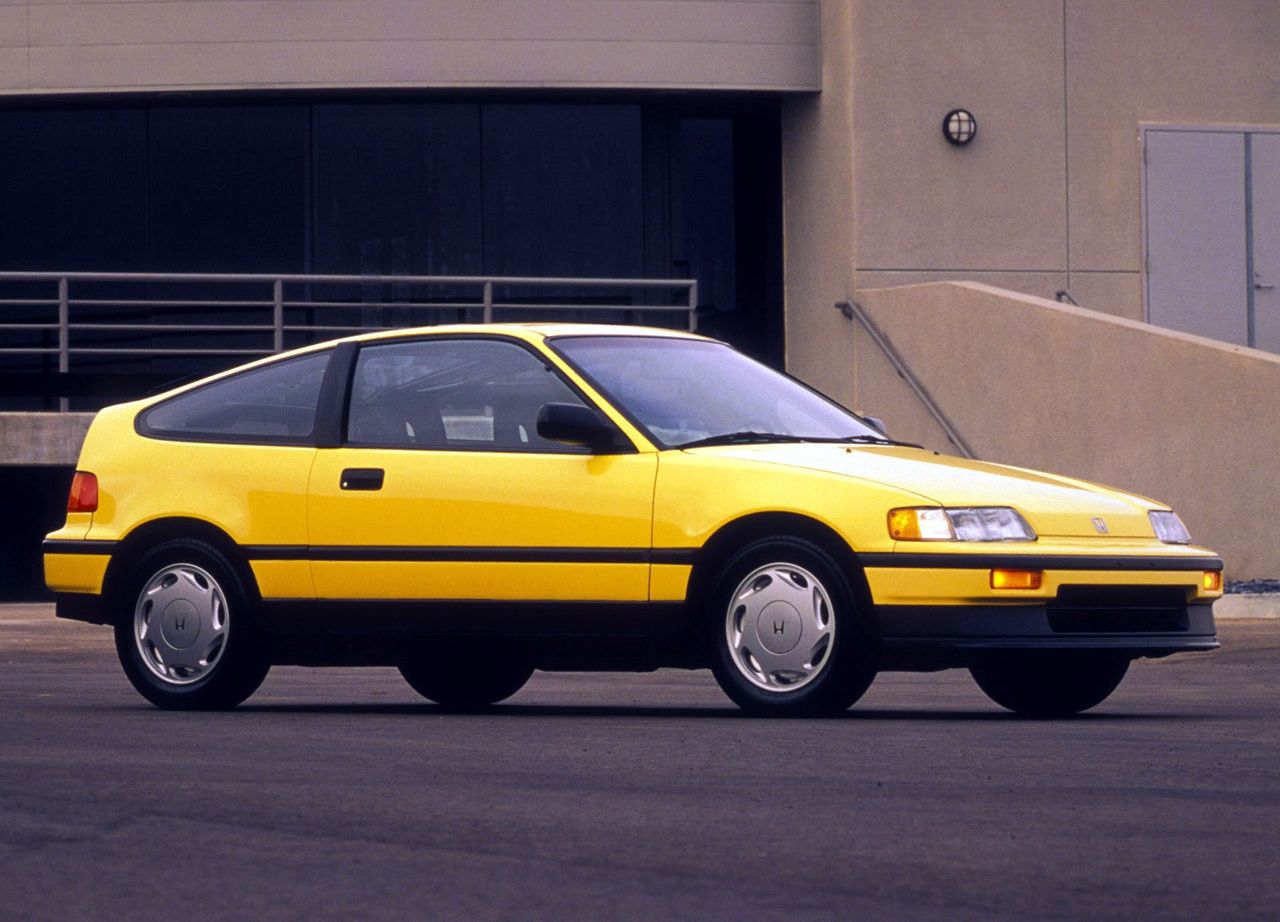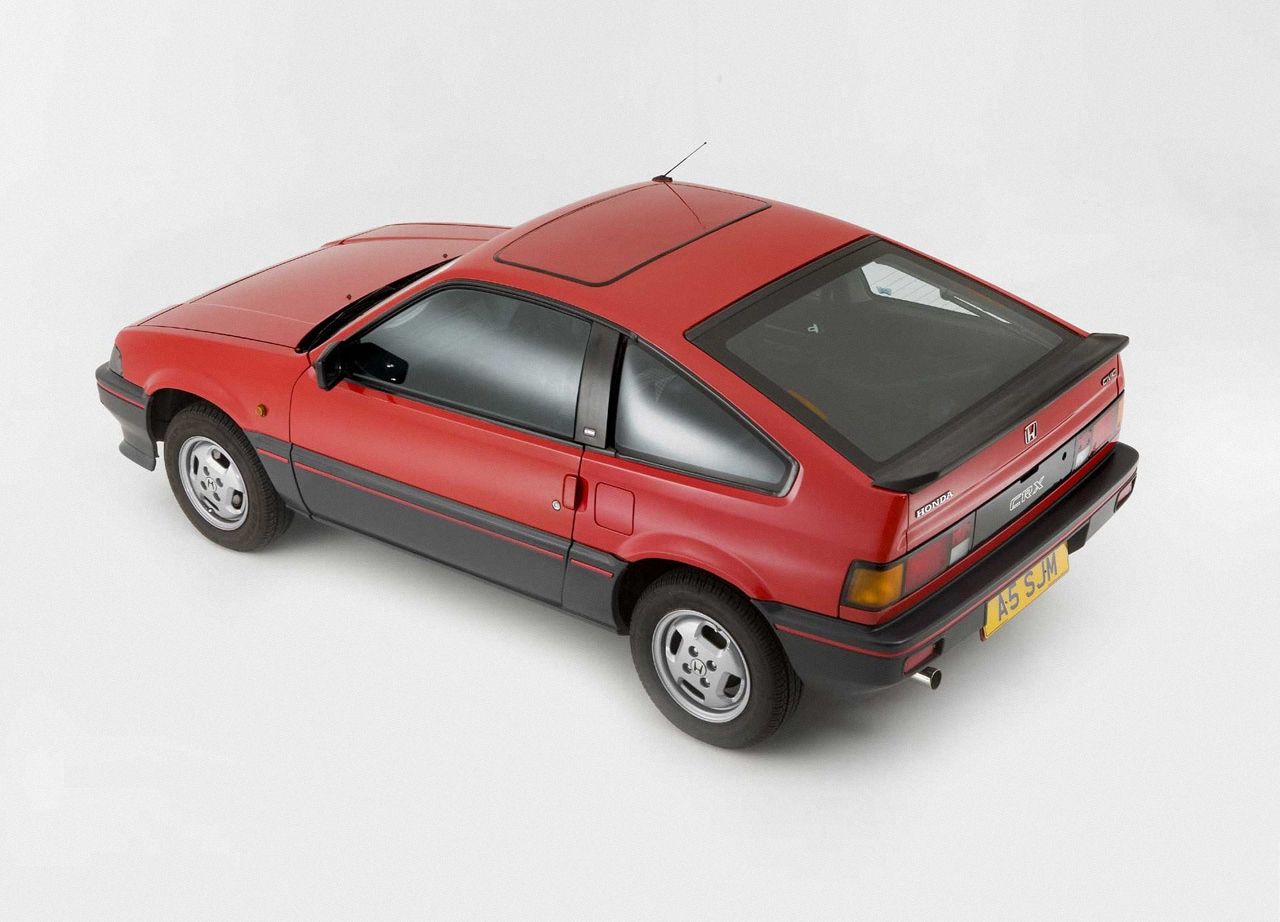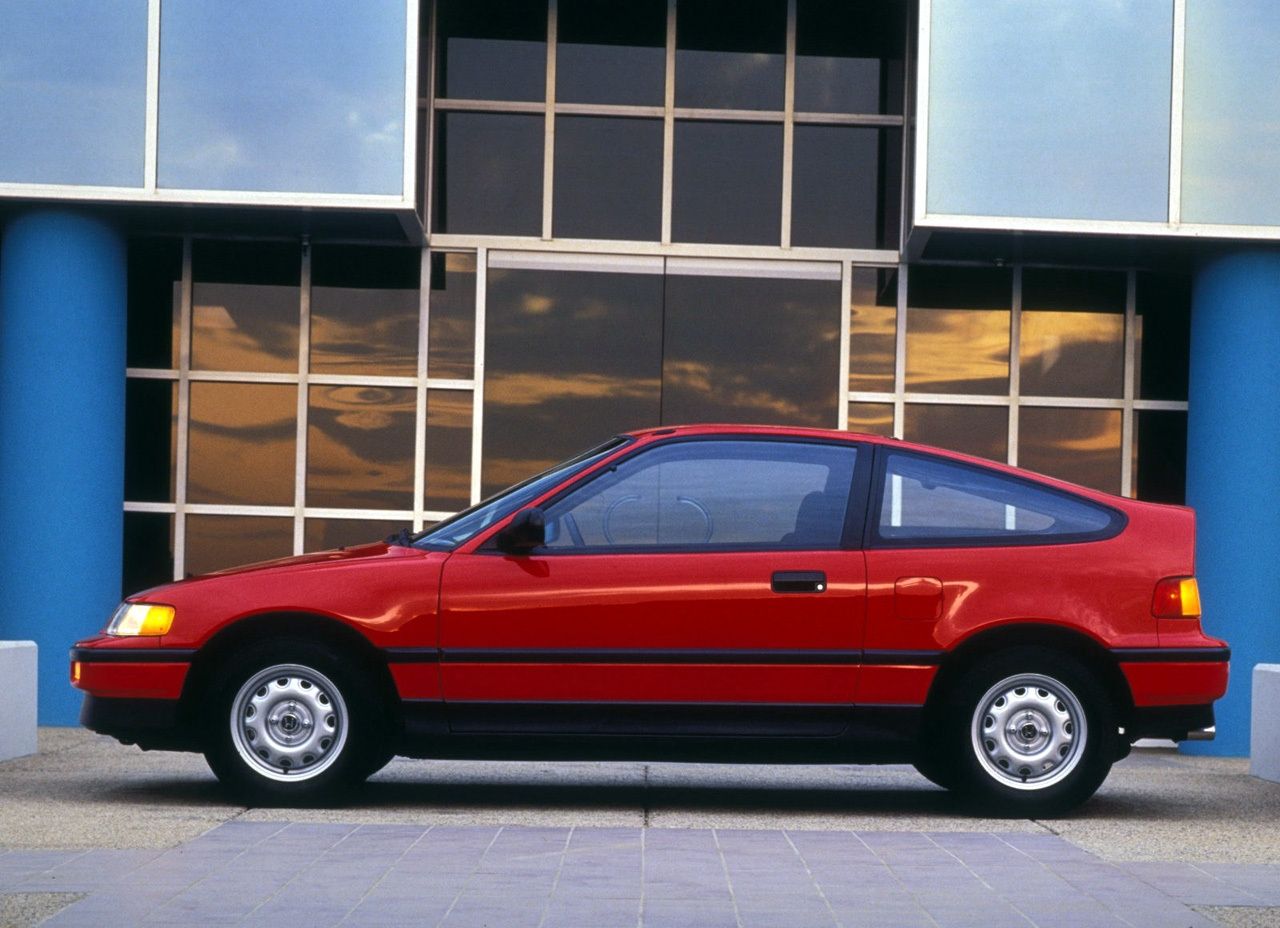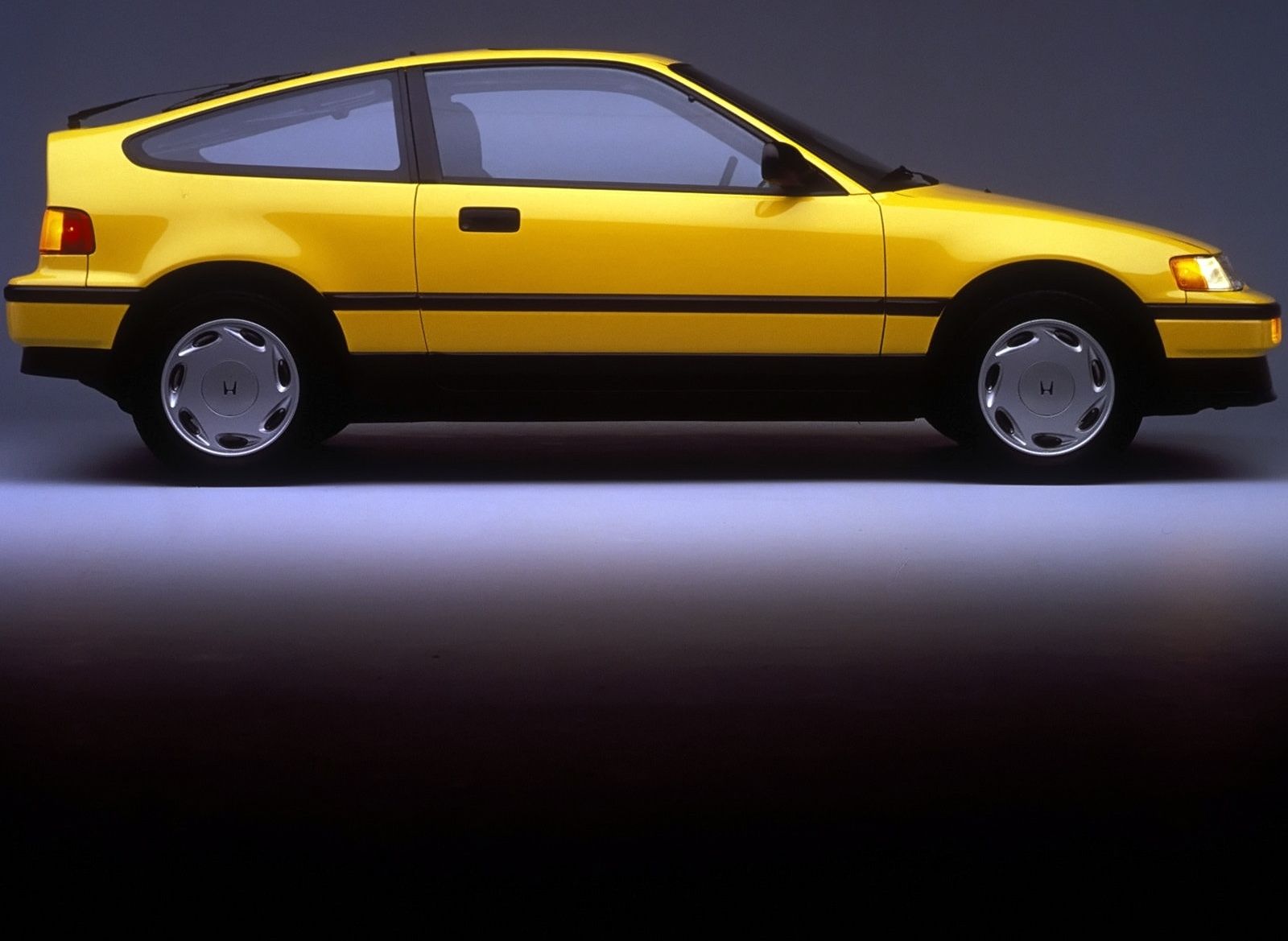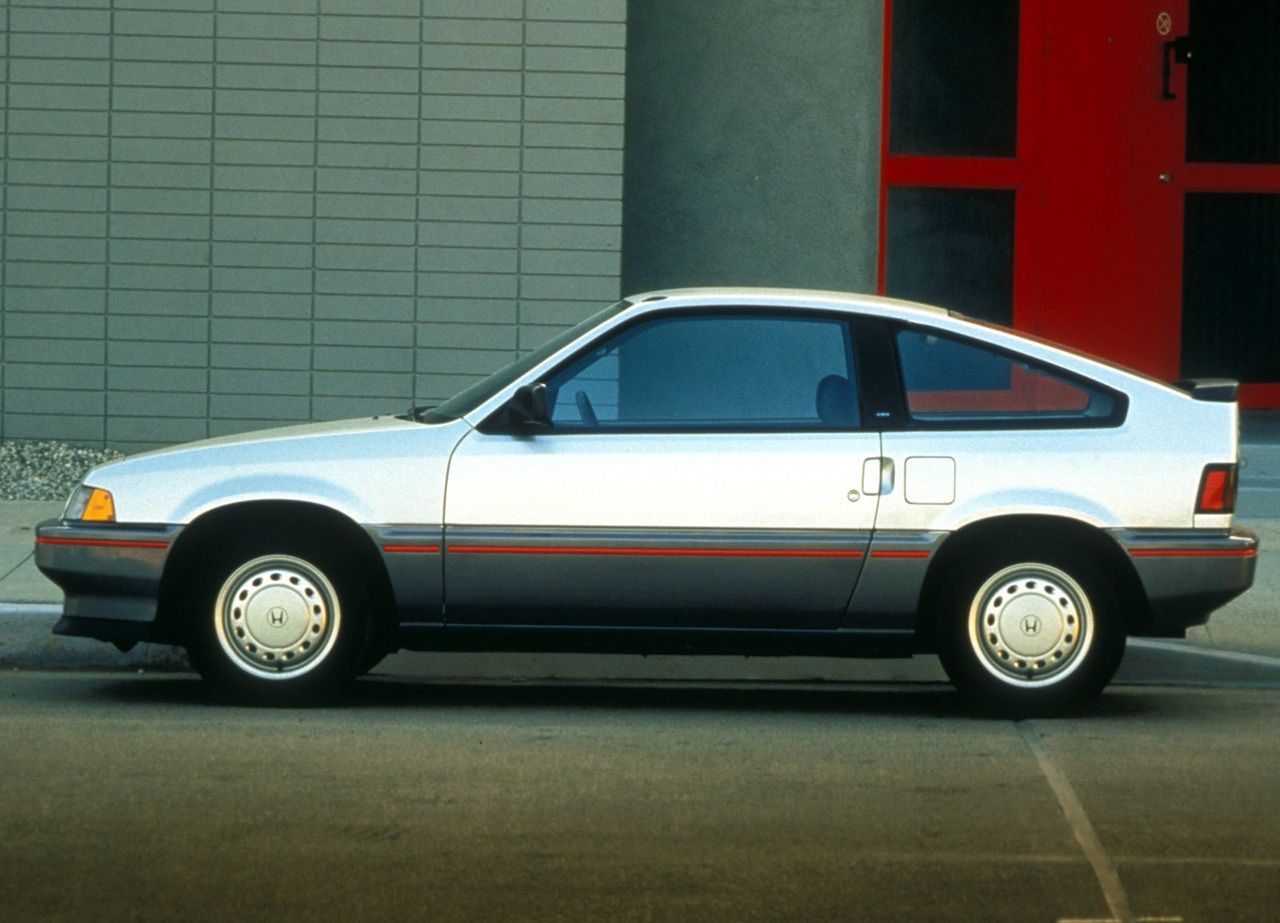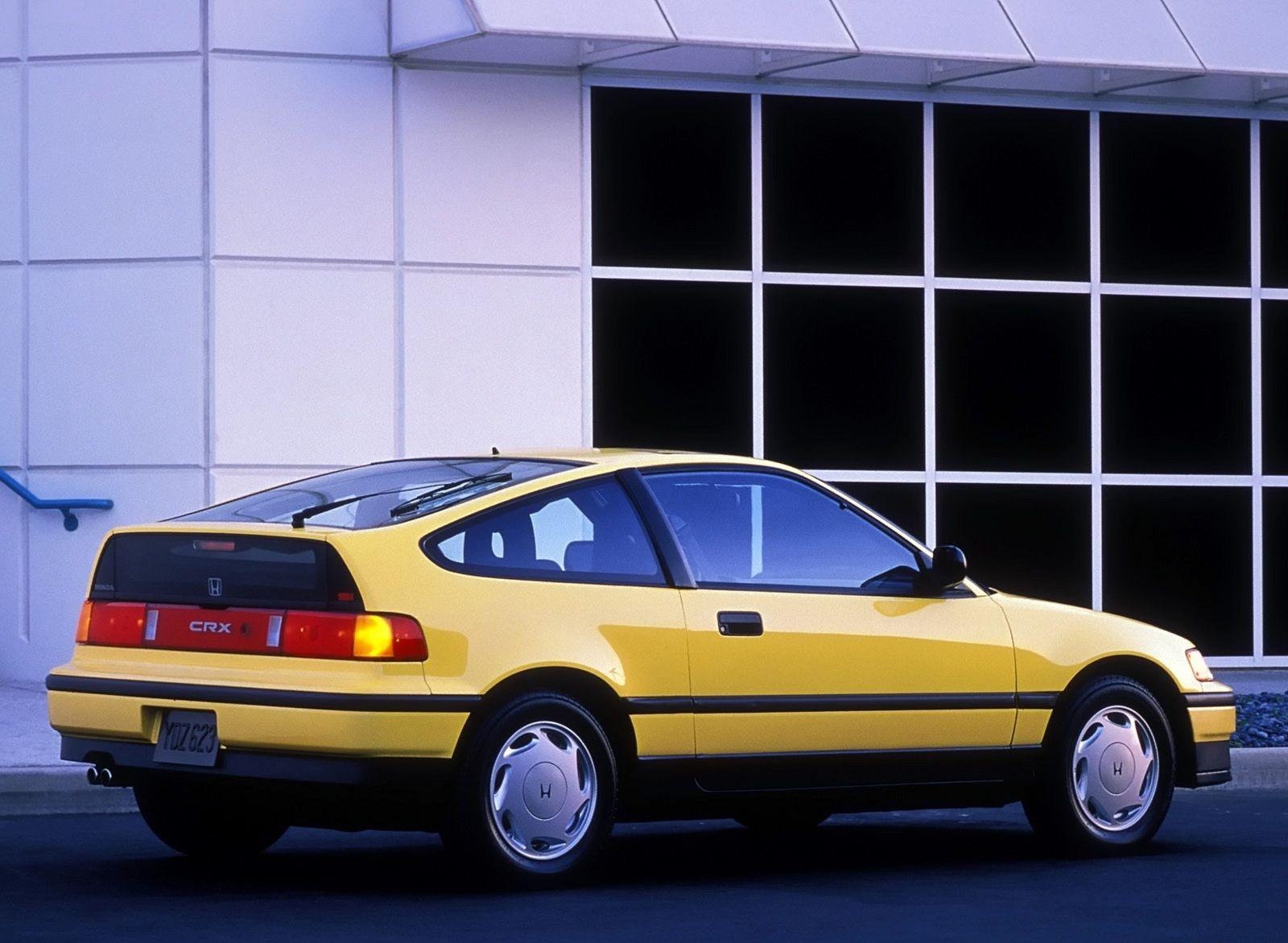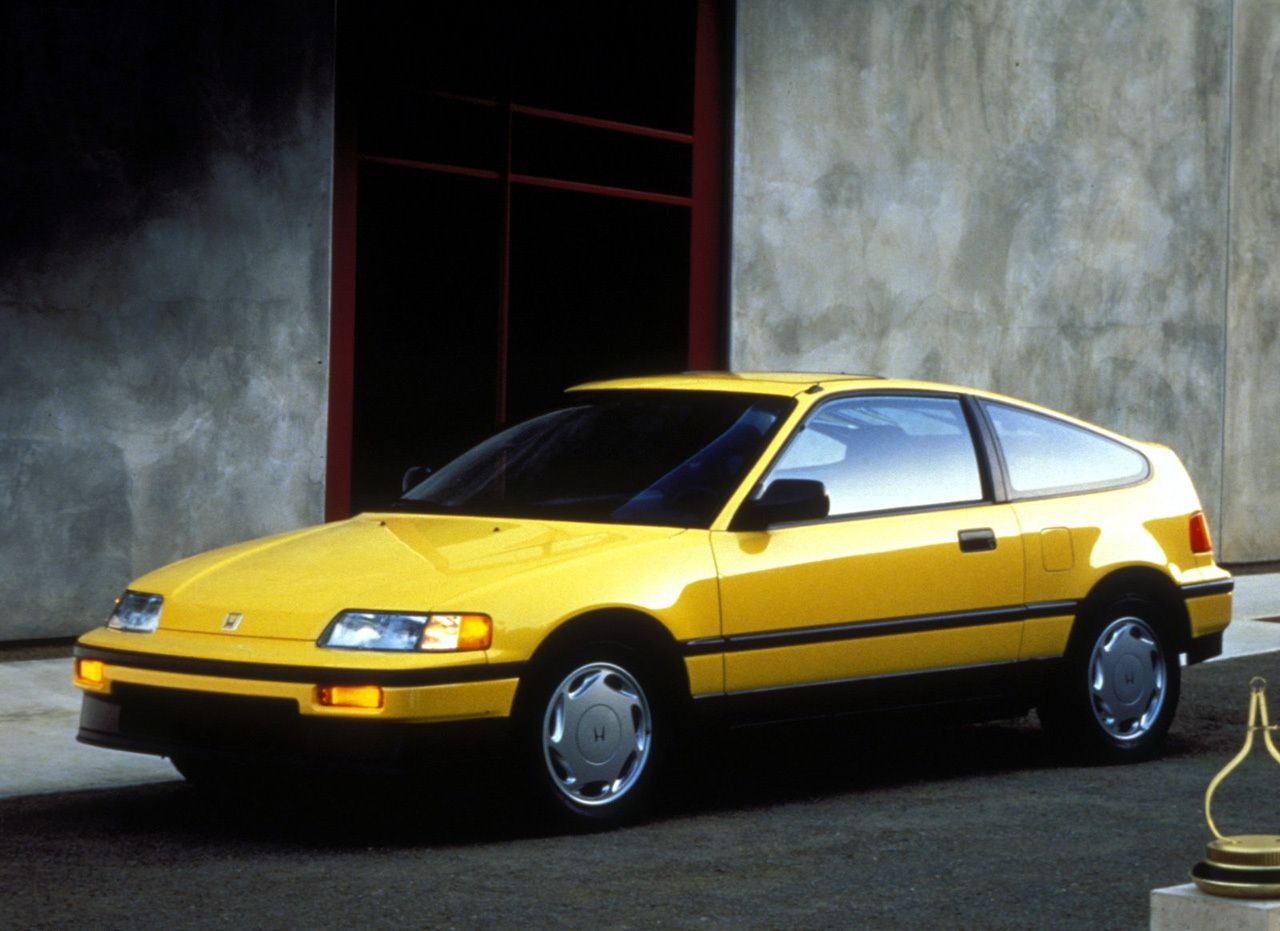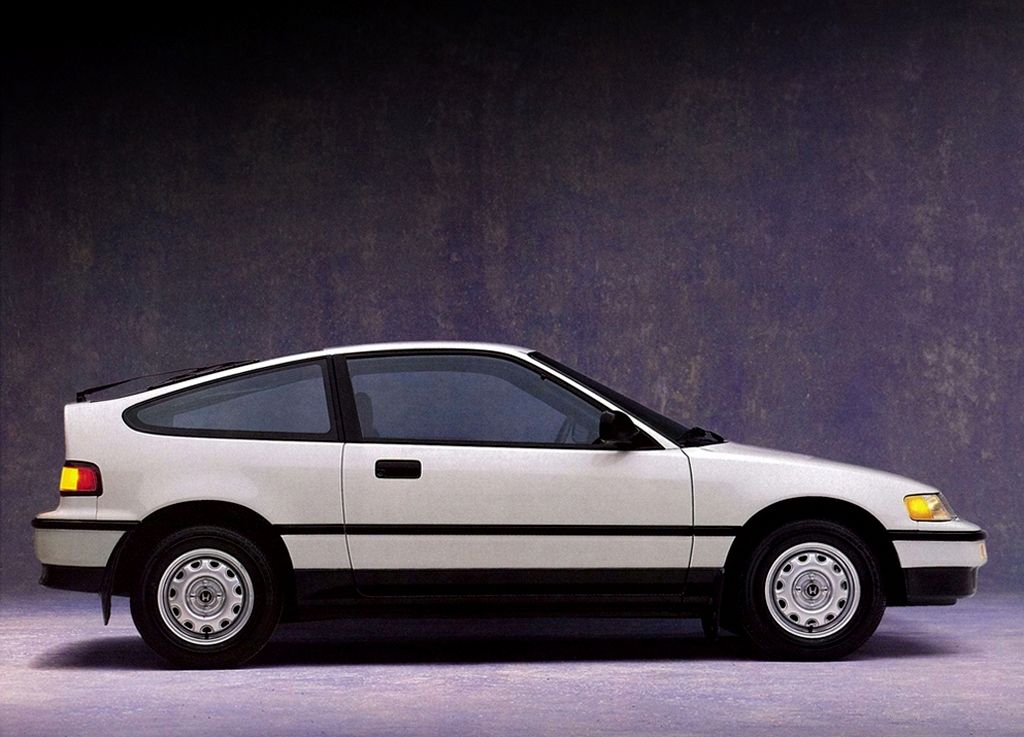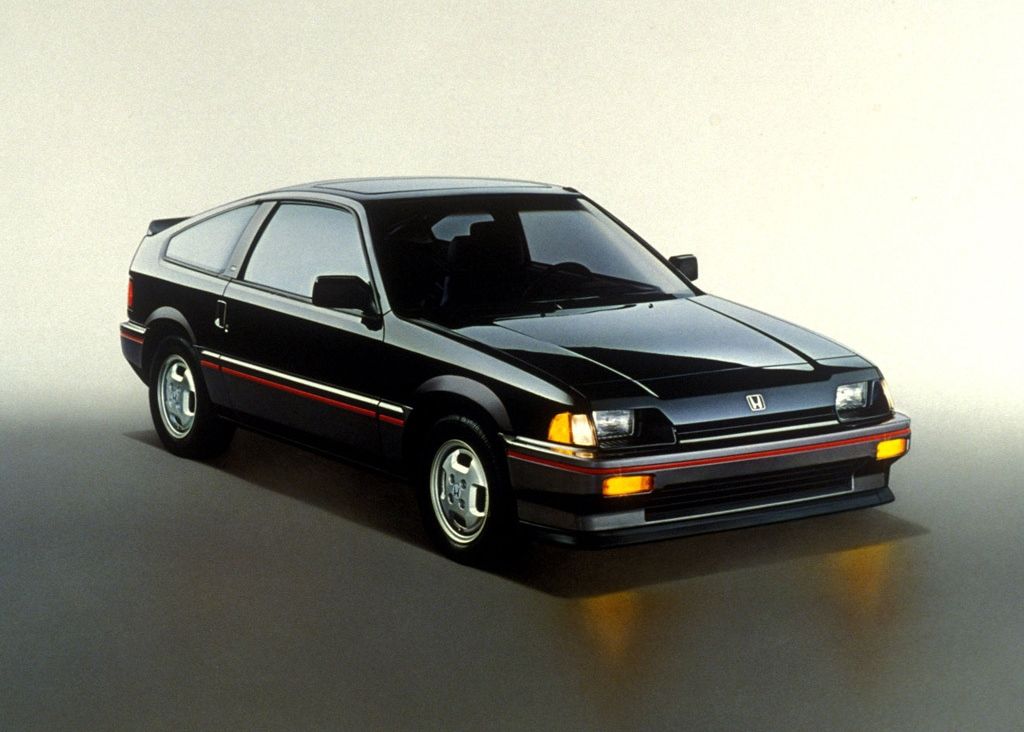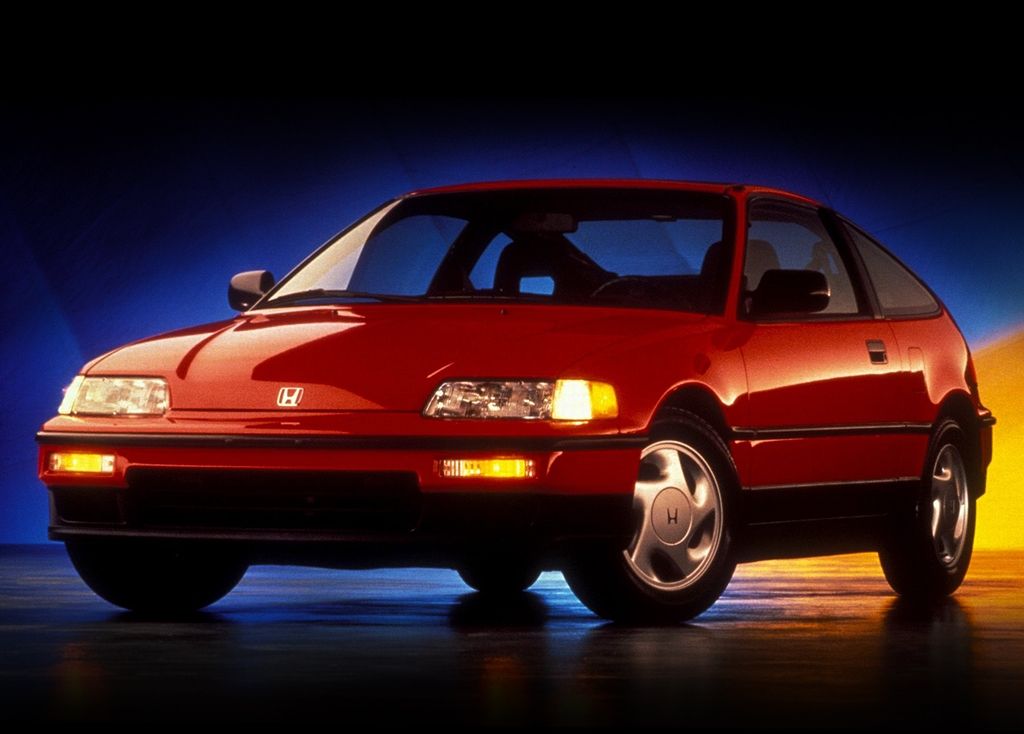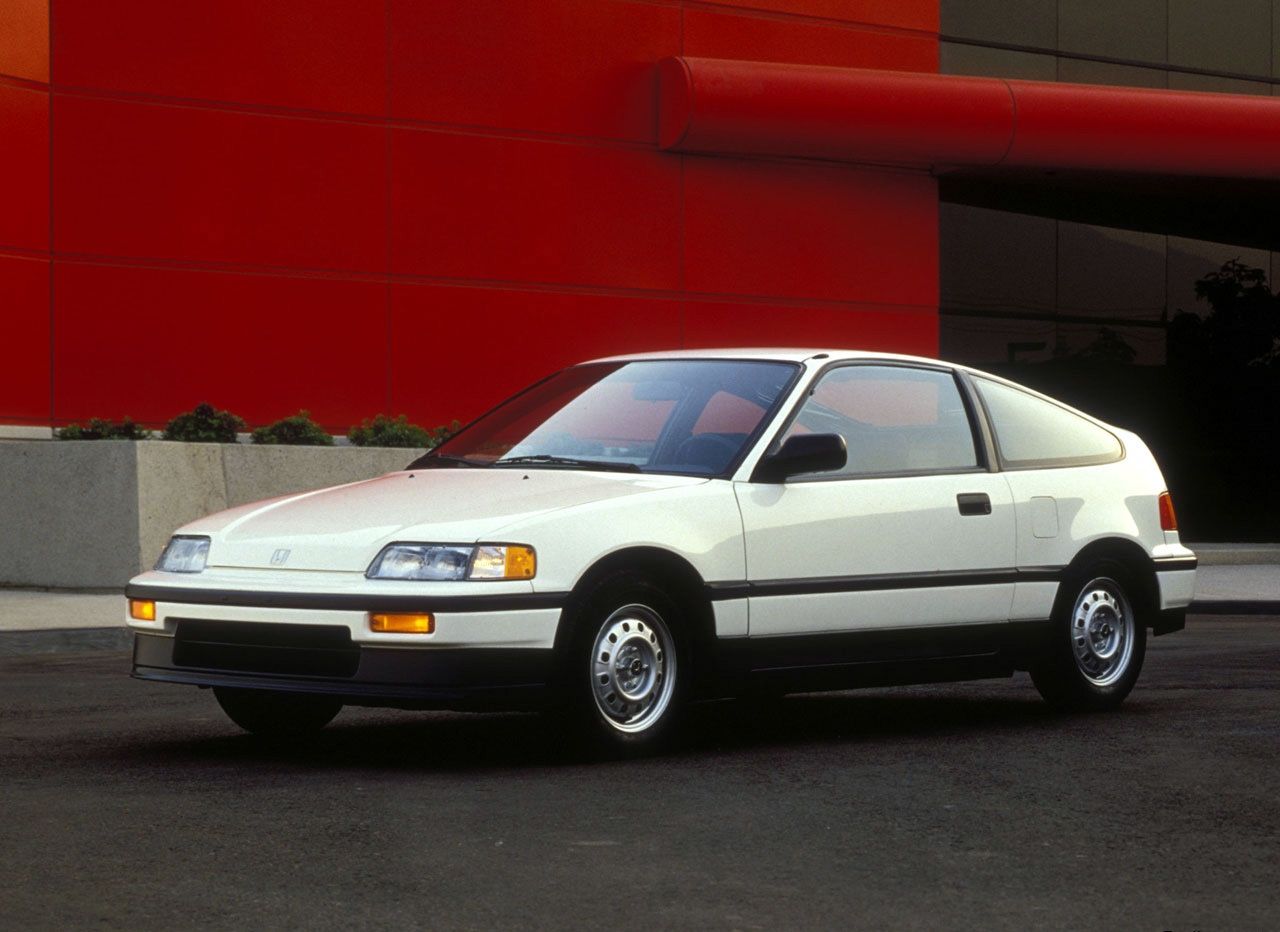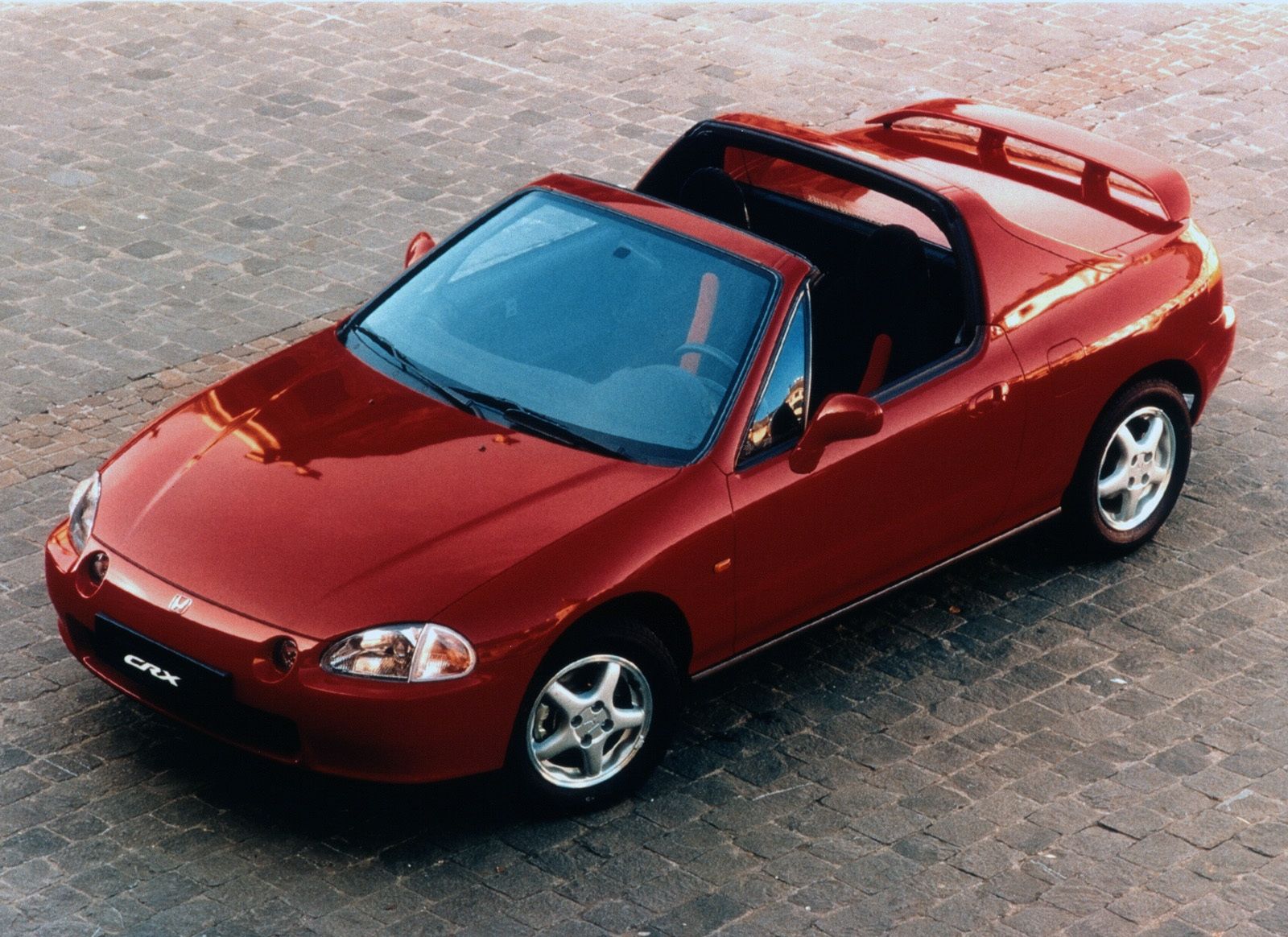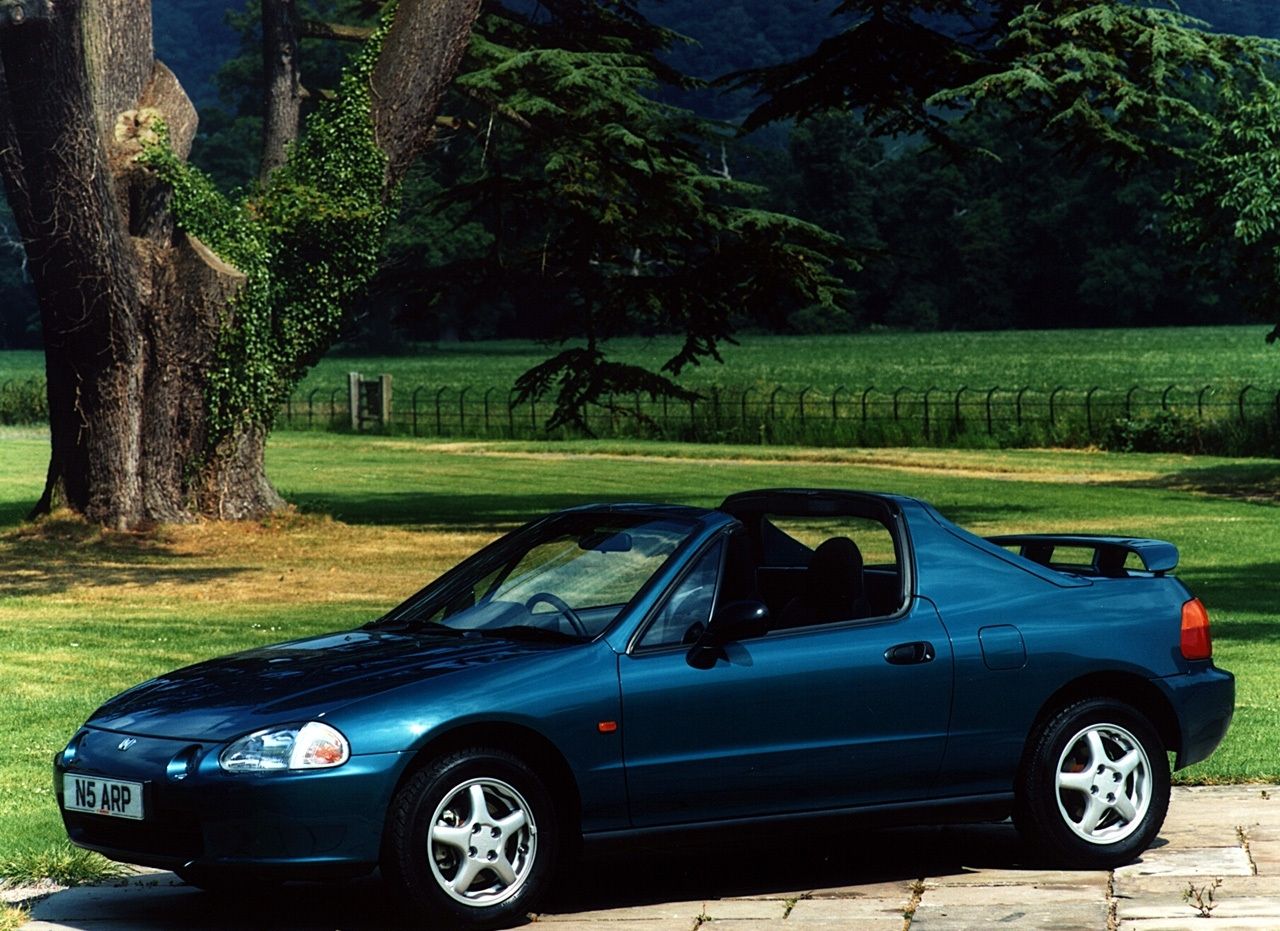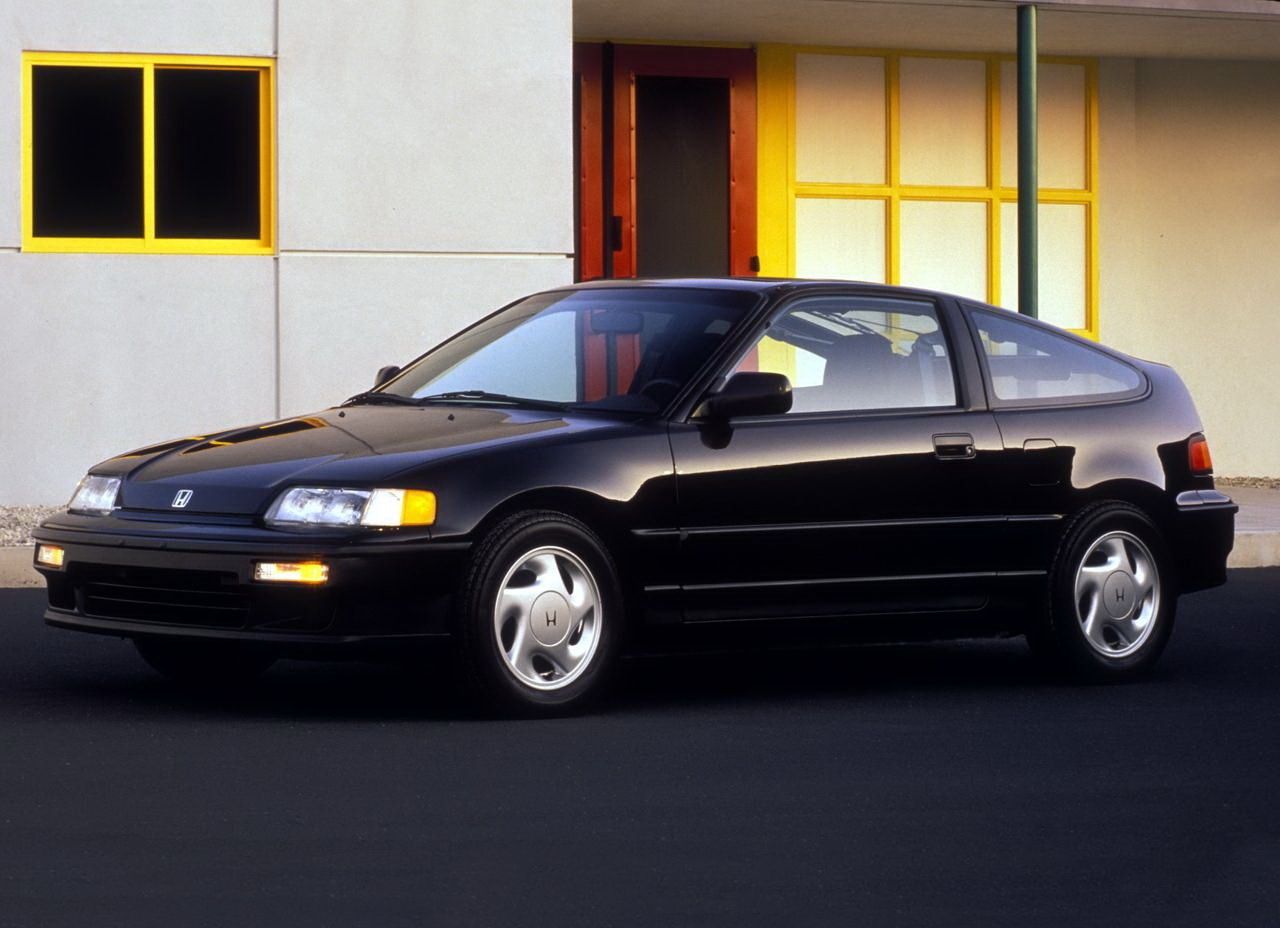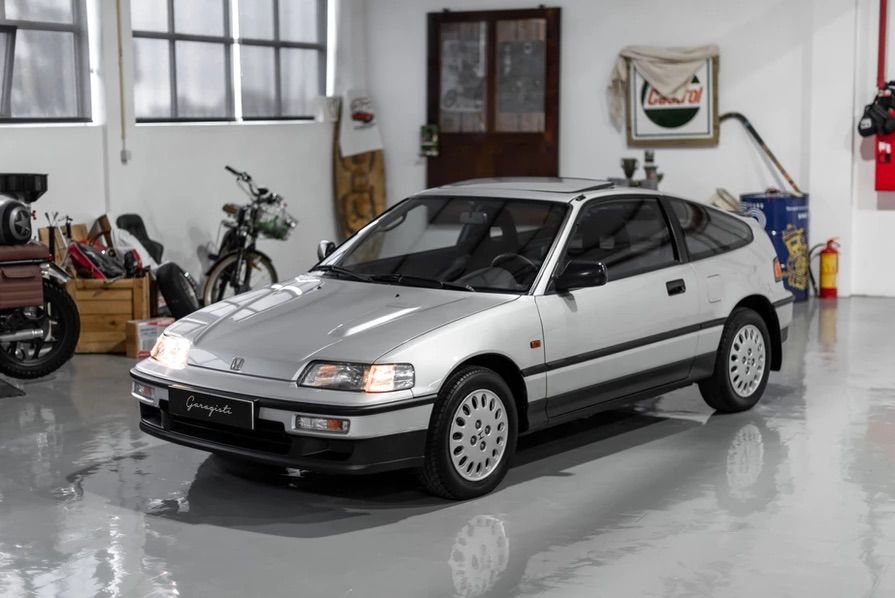The Honda CRX may never have grabbed the same headlines or featured in mass media the way the Mazda MX-5 or the Toyota AE86 did, yet there is an undeniable charm backing it.
It's well styled, came with some great well-made engines, including some VTEC options, and it's low weight and lower capacity engines means it still has the performance, whilst helping its buyers save on fuel. There's a lot to like about the Honda CRX, and here are 10 reasons why it was such an awesome little car.
10 Surprisingly Fuel Efficient
Despite it being on the sportier side of sports hatchbacks, the CRX was particularly fuel efficient, especially in more favorable conditions.
It was originally claimed that the CRX was capable of achieving 52 mpg, in its first gen 1.3-liter form, however this actually rose to well beyond this, often reaching well over 70 mpg, making it more fuel efficient than even some modern hatchbacks, despite being around 4 decades old. The same can also be said for the slightly more powerful, higher capacity 1.5-liter sport model, which also managed more than admirable gas mileage.
9 European Inspiration
Honda may be one of the premier car manufacturers from Japan and are seemingly very Japanese inside and out, but in the past, there have been a number of choices previously inspired by more continental opposition.
Naturally, at first glance, the CRX seems about as Japanese as it gets, but the designer behind the original car actually used his very own Alfa Romeo GT Junior Zagato as the basis for the design of the CRX. If we're being completely honest, there is very little in common between these two cars, however, the European market did receive slightly different engines when compared to the UK and US market, so there was clearly some sort of European deviation somewhere underneath, however hidden it may appear to be.
8 Variety Of Engines
Speaking of engines, the CRX came with a massive variety of engine options over its numerous generation, meaning there was something to suit every type of driver.
First gen models were certainly more modest compared to the second gen variants, as the engine options for the original CRX cars started at a fairly inadequate but fuel efficient 1.3-liter 58 hp, and rose to a somewhat decent 1.5-liter 105 hp Inline 4, and finally a 135 hp 1.6-liter Inline 4. For the second generation, Honda upped the game a little as the CRX started with a 1.4-liter variant, but most crucially included a 150 hp 1.6-liter VTEC option.
7 Great Value
The CRX was popular back in its day and if you manged to get a hold of one then, you won't be disappointed to hear what they are worth today.
On average, Honda CRX models sell for around $12,500 on the used market. Naturally, due to the number of sport models and the wildly different engine options, this number fluctuates massively. Having said this, not many modest sports hatchbacks retain their value in the way the CRX has, and for those interested in buying one now, the current average price is still somewhat accessible for any fans of the CRX, putting it in a sort of strange middle ground of both valuable and inexpensive.
6 Rarity
Given the age of some models, and the more unique one's in particular, some CRX cars are becoming closer to collectors items due to their rarity.
Rarity is something that we'd all like from our cars but don't always have the luxury to afford, after all, who wants the exact same car as everyone else? Luckily for some CRX owners, this doesn't have to be the case, as some later second generation VTEC equipped models have become increasingly more difficult to find. It's hard to pin down just how many CRX cars are left on our roads today, but finding one in great condition may mean finding a small gem.
5 Low Weight
At the heart of any small coupé or hatchback is great handling, this is integral if you are opting for low weight and feel rather than sheer power.
As the CRX never exactly had a powerhouse under the hood, great handling was imperative, and this of course started with a low weight. The CRX impressively weighs in at only 1,713-lbs for the most slimline version, rising to only 2,174-lbs for the absolute heaviest version over the first two generations. To put that into perspective, the very first Mazda Miata weighed 2,094-lbs, which is considerably more than the lightest version of the CRX.
4 Great Interior Styling
For its day, the CRX was a fairly nice car to drive, and even better to live with thanks to its interior. Some standard features included a cassette player and air conditioning, understandably hilarious considering features on modern vehicles, but for back then, these were more than welcome additions.
The general feel, fit, and finish of the interior was also something that outshone even more expensive cars in the same category. Naturally, as a small Japanese car, there were plenty of plastics around the interior, but it was at least well put together and styled in such as fashion, including painted plastics, which gave the car a certain charm.
3 Cool Styling
With Japanese cars especially, styling is particularly important, performance can be upgraded easily but the styling and basis for these upgrades will forever remain relatively unchanged.
The CRX is very recognizably mid 80s hot hatch, which is great. It's somewhere in between your typical Honda Civic and some older Toyota Corollas. The rear is where the CRX shines in particular as there's an almost lip spoiler styled piece, just above the rear lights which are almost a single strip piece at first glance. The overall styling does just enough to be considered unique, but doesn't manage to look way over the top, which is perfect considering the car isn't blessed with the same power as its competitors.
2 Generation Differences
Minus a few spec differences, the first two generations of the CRX were largely similar, especially the overall shape and feel of each car.
The often forgotten third generation CRX was almost completely different to the previous two. All it takes is a quick comparison between the images here and the images elsewhere in this article to gauge a clear indication of the changes. For the last generation CRX, Honda opted to go for a 2-door coupé rather than the more traditional hatchback, but owners and reviewers have claimed that the VTEC engine used in the targa topped Honda CR-X del Sol is still excellent, and that the car generally performs well as an entertaining 2-seater sports car.
1 A Classic JDM Hatch
The beauty of the Honda CRX comes from its simplicity and typically Japanese nature. Its reasonable price, potential for customization, deceptively sporty yet understated looks, and its number of well-made engines, and great handling make the CRX as much of a classic JDM sports car as anything else we've come to love from Japan.
It may not have the following of the AE86 Corolla, or the Mazda MX-5, yet there is undeniably something special about the CRX, which is why we still love it to this day.
Sources Used: Autocar, Honest John, Parkers, Classic.com, honda-tech.com

